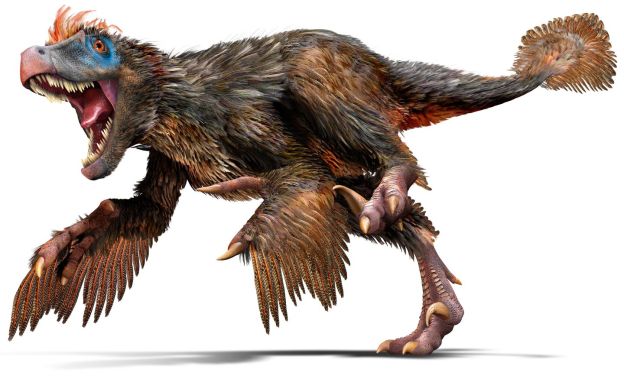
Velociraptor roamed the Earth about 85.8 million to 70.6 million years ago during the end of the Cretaceous Period.
The name comes from the latin words ‘velox’ (swift) and ‘raptor’ (thief)
‘Swift-thief’
Because of it’s speed and diet.
What did it look like?
A small to medium sized birdlike dinosaur. Roughly the size of a small turkey.
Adult dinosaurs grew to around 2 meters long and half a meter tall and only weighed around 15kgs.
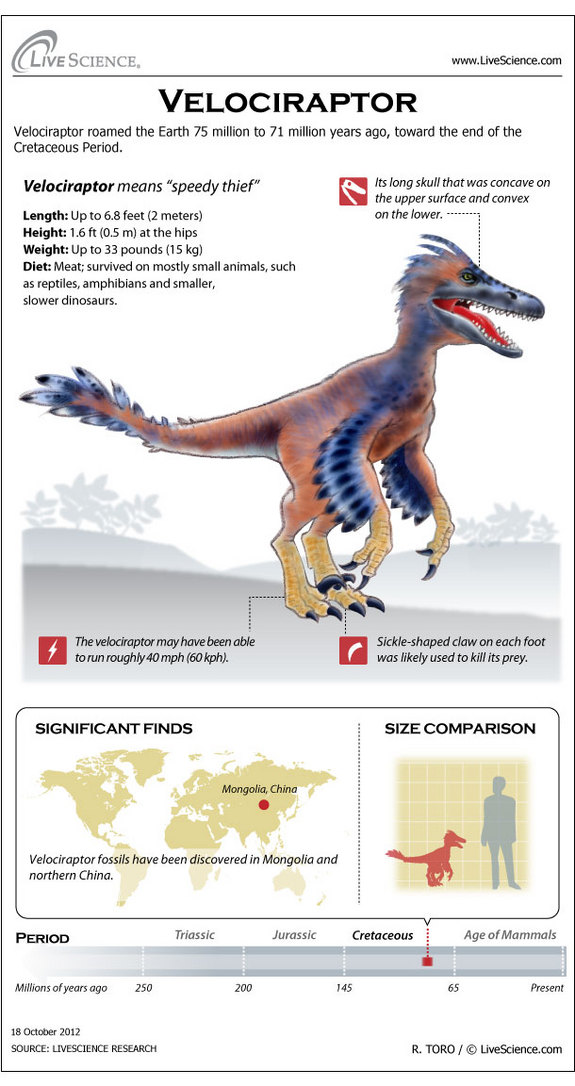
Velociraptor does not resemble anything close to the velociraptor in the Jurassic Park movies. The dinosaur that appeared in those films is closer to the Deinonychus.
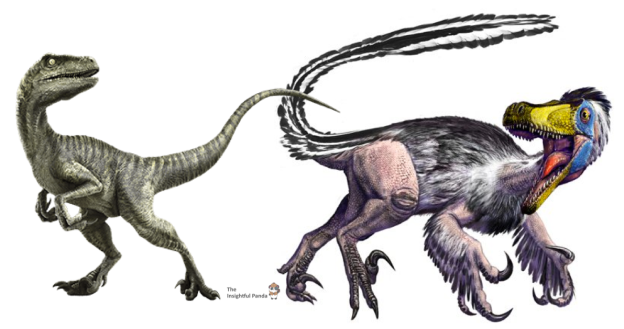
While the Velociraptor was featherless in the movies, paleontologists discovered quill knobs (places where the feathers of birds are anchored to the bone) on a well-preserved Velociraptor forearm from Mongolia in 2007, indicating the dinosaur had feathers.
Even though it had feathers, it’s arms were too short to allow it to fly or glide. Velociraptors ancestors could likely fly.
It is believed that velociraptor used its feathers to attract mates and regulate their body temperature, protect their eggs and give them speed while running up hills.
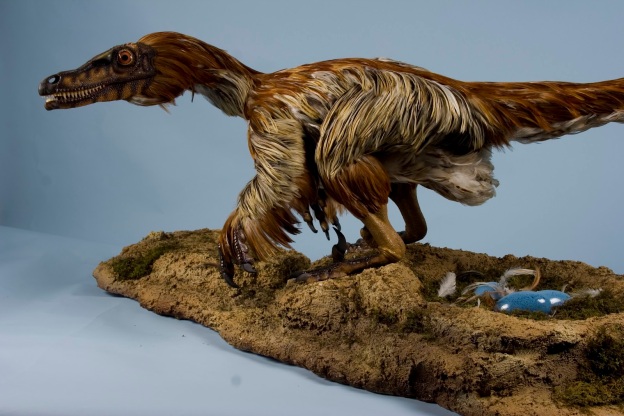
Velociraptor had 13 to 15 teeth in its upper jaw and 14 to 15 teeth in its lower jaw. These teeth were widely spaced and serrated, though more strongly on the back edge than the front.
Velociraptor’s tail of hard, fused bones was inflexible, but likely kept it balanced as it ran, hunted and jumped.
Velociraptor had something very similar to hands on the ends of their arms, with three curved claws for fingers.
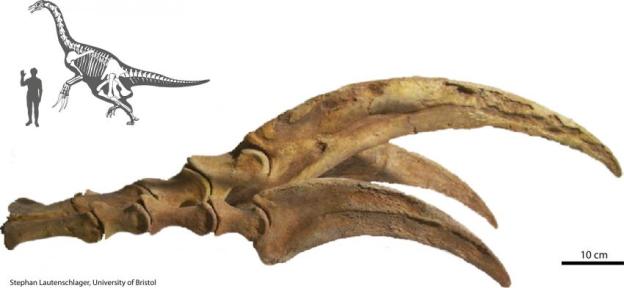
They also had a sickle-shaped talon on the second toe of each foot. They normally kept these talons off the ground like folded switchblades, and used them as hooks to keep their prey from escaping.
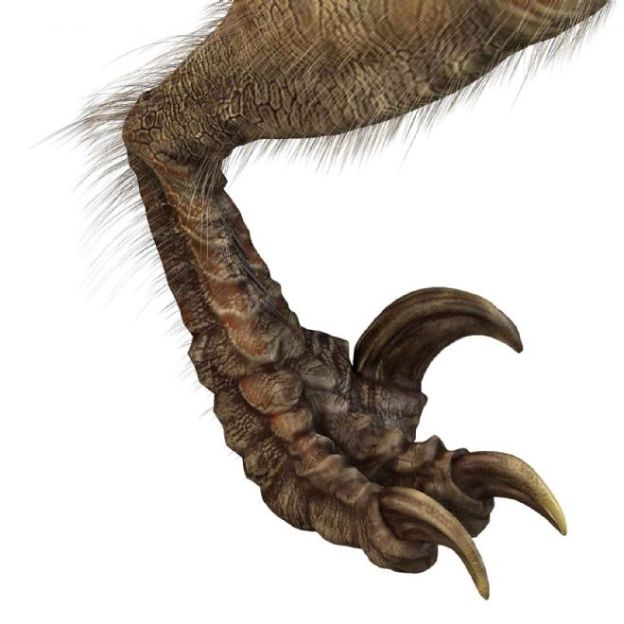
What did it eat?
Velociraptor was a carnivore that hunted and scavenged for food. It spent the vast majority of the time eating small things,” which likely included reptiles, amphibians, insects, small dinosaurs and mammals.